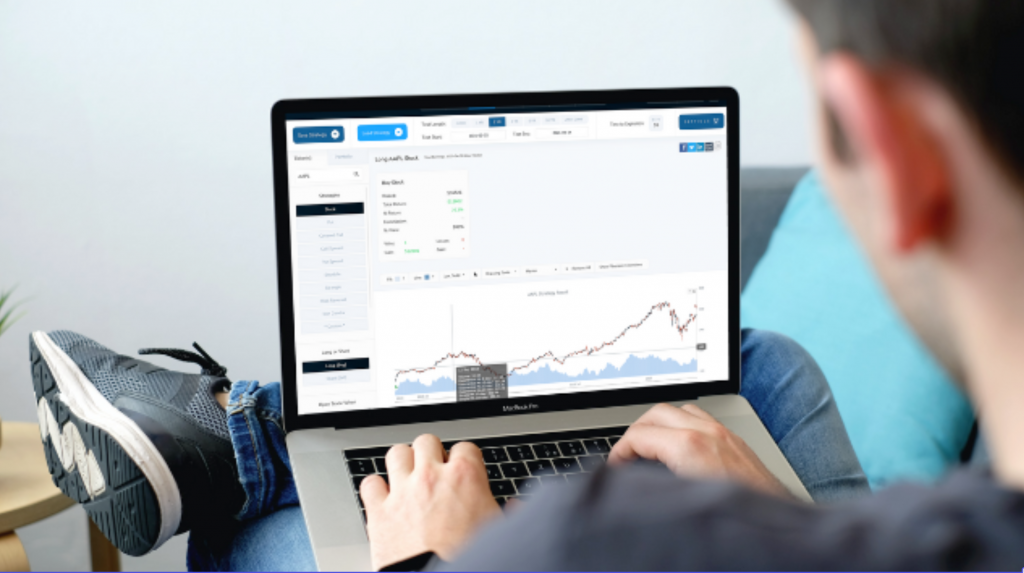Master The World of Options Trading
- Dominate the options market with a revolutionary trading platform.
- Award-winning AI & algorithms for an unfair trading advantage.
- Live help from a former option market maker with exclusive community access.
First, How Backtesting and TradeMachine® Works
Trusted by more than 15,000 traders globally.
See why thousands of traders won’t trade options without TradeMachine®.


Your Path to Options Trading Mastery is Paved by Proven Results
Discover the exclusive trading advantage of TradeMachine® Pro. Our platform provides unparalleled results that no other research firm can match. See the undeniable proof for yourself in our video showcasing remarkable return distribution dynamics driven by generative AI.
Our AI has uncovered a remarkable finding that has enormous power and we are the only firm in the world that has it. This is proprietary and unavailable anywhere else and is embedded directly into TradeMachine.
This is a game changer for retail investors; an algorithm as powerful or more powerful than the institutions driven by our decade long experience in AI and predictive modeling. In the second video below, we prove it.
Everyone needs help sometimes: You have a live TradeMachine Guide here for you twice a week through video – a former option market maker and a true expert in TradeMachine. You also have that same guide available in Community every day the market is open.
Second…
See the Remarkable AI in TradeMachine, Below
TradeMachine® was built by traders for traders. As a team of former hedge fund managers, market makers, mathematicians, data wizards, and “the grandfather of modern portfolio theory”, we’ve built a platform previously only available to institutional investors.
Trade Pennies for Dollars
Explore the World’s Most Advanced Options System at Exclusive New Member Pricing
Get TradeMachine® Pro: for just $149 / mo, normally priced $209 / mo with our proprietary generative AI return distribution signals.
Or go annual for TradeMachine® Pro for just $125 / mo (Billed Annually $1495, Non-refundable)
Disclaimer
The information contained here is provided for general informational purposes, as a convenience to the readers. The materials are not a substitute for obtaining professional advice from a qualified person, firm or corporation. Consult the appropriate professional advisor for more complete and current information. Capital Market Laboratories (“The Company”) does not engage in rendering any legal or professional services by placing these general informational materials on this website.
The Company specifically disclaims any liability, whether based in contract, tort, strict liability or otherwise, for any direct, indirect, incidental, consequential, or special damages arising out of or in any way connected with access to or use of the site, even if I have been advised of the possibility of such damages, including liability in connection with mistakes or omissions in, or delays in transmission of, information to or from the user, interruptions in telecommunications connections to the site or viruses.
The Company makes no representations or warranties about the accuracy or completeness of the information contained here. Any links provided to other server sites are offered as a matter of convenience and in no way are meant to imply that The Company endorses, sponsors, promotes or is affiliated with the owners of or participants in those sites, or endorse any information contained on those sites, unless expressly stated.
Trading in options involves considerable risk and is not a suitable form of investment for all investors. The risk in options trading that you will lose your entire investment within a relatively short period of time is comparatively high.
Past performance is no guarantee of future results.
Traders should read Characteristics and Risks of Standardized Options.
